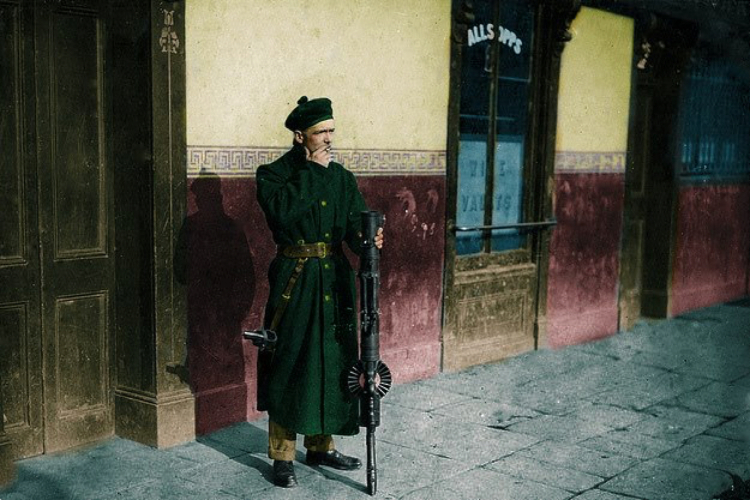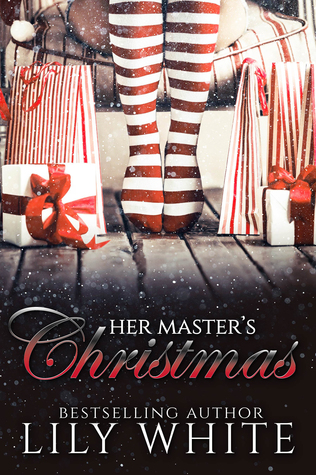“When the hills were bleedin’
And the rifles were aflame
To the rebel homes of Kerry,
The Saxon strangers came,
But the men who dared the Auxies
And fought the Black and Tan
Were the Boys of Barr na Sráide
Who hunted for the wren.”
Two RIC constables were shot dead in Abbeydorney by IRA volunteers. Two more RIC men were killed and two more wounded in nearby Ballyduff. Black and Tans burned the creamery in Ballyduff in reprisal and shot and bayoneted a local man, James Houlahan. That night, two Black and Tans were shot dead by IRA volunteers in Killorglin and two more were wounded in Dingle. Black and Tans burned the Sinn Féin hall, the Temperance Hall, a garage and the home of a Sinn Féin activist in Killorglin. A local civilian was shot and seriously wounded; he later died. Two RIC men were kidnapped by IRA volunteers in Tralee, Co Kerry. It is thought that they were shot and killed. This provoked a week of police violence in Tralee (called in several international newspapers ‘The Siege of Tralee’) as the RIC personnel tried to recover the bodies. Reportedly remains of one of the two missing men was found later.
Fearing large-scale demonstrations in Dublin, the authorities diverted, Sinn Féin Lord Mayor of Cork, Terence MacSwiney’s coffin directly to Cork and his funeral there on 31 October attracted a tremendous crowd. Terence MacSwiney is buried in the Republican plot in Saint Finbarr’s Cemetery in Cork. The following day, 1 November, Kevin Barry, an 18-year-old IRA member, was hanged for his role in an arms raid in Dublin that had left three British soldiers dead.
Kevin Barry’s execution and Terence MacSwiney’s death precipitated a dramatic escalation in violence as the Irish War of Independence entered its most bloody phase. MacSwiney and Barry were elevated to the status of republican martyrs and presented to the world as examples of British tyranny in Ireland. But their deaths also led indirectly to a week of less well-known bloodshed in Co Kerry.
IRA GHQ, based in Dublin, issued orders to units around the country to hit back at anyone in the uniform of the Crown in response to the deaths of MacSwiney and Barry. In some places, Co Kildare for instance, the IRA received the orders but just refused to carry them out. They were not prepared to shoot down local policemen with whom they still had a working relationship. In any case, the orders were rescinded when tempers in Dublin had cooled. Word of this, however, never reached Kerry, where the following 24 hours would unleash a wave of killings and reprisals.
Tralee, a town of some 10,000 people, saw the worst of the RIC’s retaliation. In the hours after the first shootings of policemen in the town, three civilians were shot, one fatally. Then two more policemen went missing. In Ballylongford, police threats had apparently secured the return of two kidnapped policemen. The RIC in Tralee tried to do likewise to rescue their two colleagues, Bright and Waters, who had vanished on the night of 31 October. The RIC in Tralee warned, ‘Unless the two Tralee policemen in Sinn Féin custody are returned before 10 am on the 2nd November, reprisals of a nature not yet heard of in Ireland will take place in Tralee and its surroundings’. By then, however, the RIC men were already shot dead, and their bodies secretly disposed of.
The following day, Monday, 1 November, was All Saints Day and the RIC fired at crowds leaving Mass in Tralee. A French journalist on the spot wrote, ‘Volley after volley resounded to the terror of the people’. ‘I do not remember, even in the [First World] War, having seen people as profoundly terrified as those of this small town, Tralee.’
For the next seven days, the Black and Tans, made all the local businesses shut their doors and allowed no food in or out of the town. They imposed a strict curfew and shot people who appeared on the streets. Their victims included two dead, Tommy Wall and John Conway. They also systematically burned any businesses they could link to ‘Sinn Féiners’. By the end of the week, the international press, many of whose organs had correspondents covering the conflict in Ireland and who had come to Tralee, reported that the town was on the very verge of starvation.
The regular British Army, whose officers tended to disapprove of police reprisals, by all accounts was the only body that saved Tralee from worse destruction.
Some pressmen had some sympathy for the Black and Tans’ situation, having seen dozens of their comrades shot and fearing their own assassination at any moment, but many others, particularly in continental Europe and North America, did not. In Ireland itself, the Freeman’s Journal, an organ of moderate nationalism screamed that, ‘A War on Women and Children’ was taking place in Tralee.
By 9 November orders came from Chief Secretary for Ireland, Hamar Greenwood, that the ‘Siege of Tralee’ was to be lifted. As Chief Secretary, Greenwood, was closely identified with the aggressive use of the Black and Tans and the Auxiliaries. After the burning of the centre of the city of Cork by British auxiliary forces in December 1920 Greenwood blamed the ‘Sinn Féiners’ and the people of Cork for burning their own city.
Such reprisals were no doubt relatively mild by the standards of colonial wars along the distant borders of the British Empire, but Ireland was an integral part of the United Kingdom. It was just beside Britain itself and the publicity in short was highly embarrassing to the British government.
The PR disaster that such tactics represented was only compounded by the staging of, the ‘Battle of Tralee’ where Auxiliaries had supposedly routed an IRA flying column and inflicted many deaths in combat on 12 November. In fact, they had shot dead two Volunteers in Kerry (who had been attempting to prevent the burning of the creamery at Ballydwyer) but in the leafy and largely unionist suburb of Dalkey, Co Dublin, had filmed a mock ‘battle’ for photographers and news reels. The hoax was indisputably exposed in republican propaganda.
Events in Kerry in the first week of November 1920 brought little credit to any of the participants. It was a particularly dark and dismal form of warfare. The Kerry IRA had ruthlessly targeted dozens of policemen for assassination, many of them unarmed and defenceless. The ‘forces of order’ responded by lashing out at the population at large and shooting dead at least eight people (they were unconfirmed rumours of seven more) who may or may not have been republican activists. By the time of the truce in July 1921, 136 people had been killed in Co Kerry.
It is a pattern that is by now more than predictable in conflicts of this type: action, reprisal, polarisation, action. But more than any other single factor it was the actions of British forces in places such as Kerry that finally discredited British rule in Ireland.
Featured Photo: Black and Tans stage a scene from the ‘Battle of Tralee’ and search a civilian while the motionless body of a victim lays strewn across the road, in Dalkey, Co Dublin. (Colourised by 1916 Easter Revolution in Colour)
Photo: An ignoble Black andn Tan; impiously he stands gazing into the distance with machine gun at hand, as the sweet aromatic smoke from his smouldering cigarette defiles his wicked lungs. Colourised by 1916 Easter Revolution in Colour






